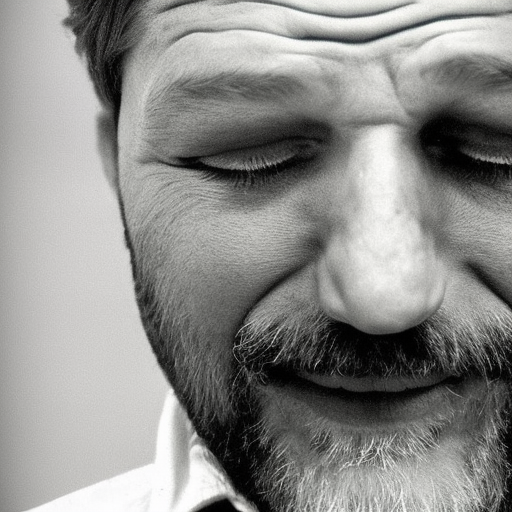Summary: Photojournalism is a form of journalism that uses photographs to tell a news story. It combines the power of visual imagery with the objective reporting of facts to provide a comprehensive and impactful narrative. Photojournalists capture significant moments in history, document social issues, and shed light on the human condition. They play a crucial role in shaping public opinion and raising awareness about important events and topics.
History of Photojournalism
Photojournalism has a rich history that dates back to the mid-19th century. The invention of the camera made it possible to capture real-life events and share them with a wider audience. The American Civil War was one of the first conflicts to be extensively documented through photographs, providing a visual record of the war’s impact on soldiers and civilians.
During the early 20th century, photojournalism gained prominence as newspapers and magazines recognized the power of visual storytelling. Photographers like Lewis Hine and Jacob Riis used their images to expose social issues such as child labor and poverty, sparking public outcry and leading to social reforms.
Role and Responsibilities of a Photojournalist
A photojournalist’s primary responsibility is to capture and convey the truth through their photographs. They must be objective and unbiased in their reporting, adhering to ethical guidelines. They often work in challenging and dangerous environments, covering conflicts, natural disasters, and social unrest.
Photojournalists are skilled in capturing the decisive moment, using composition, lighting, and timing to create impactful images. They must have a keen eye for detail and be able to tell a story through a single photograph or a series of images.
Impact and Influence
Photojournalism has the power to shape public opinion and influence policy decisions. Iconic images such as Eddie Adams’ photograph of the execution of a Viet Cong prisoner during the Vietnam War or Kevin Carter’s image of a starving child in Sudan have had a profound impact on society, raising awareness and prompting action.
In the digital age, photojournalism has become more accessible and widespread. Social media platforms have allowed photojournalists to reach a global audience instantly, amplifying their impact. However, this also raises concerns about the authenticity and manipulation of images, as well as the ethical implications of sharing sensitive content.
Challenges and Future of Photojournalism
Photojournalism faces several challenges in the modern era. The decline of traditional print media has resulted in fewer opportunities for photojournalists to showcase their work. The rise of citizen journalism and the ease of digital manipulation have also raised questions about the credibility and integrity of photographs.
However, photojournalism continues to evolve and adapt. Many photojournalists have embraced multimedia storytelling, combining photographs, videos, and audio to provide a more immersive and comprehensive narrative. They are also exploring new platforms and mediums, such as virtual reality and interactive websites, to engage audiences in innovative ways.
In conclusion, photojournalism is a powerful form of storytelling that combines the visual impact of photography with the objective reporting of journalism. It has a rich history and has played a significant role in shaping public opinion and raising awareness about important issues. Despite the challenges it faces in the digital age, photojournalism continues to evolve and adapt, ensuring its relevance in the future.












